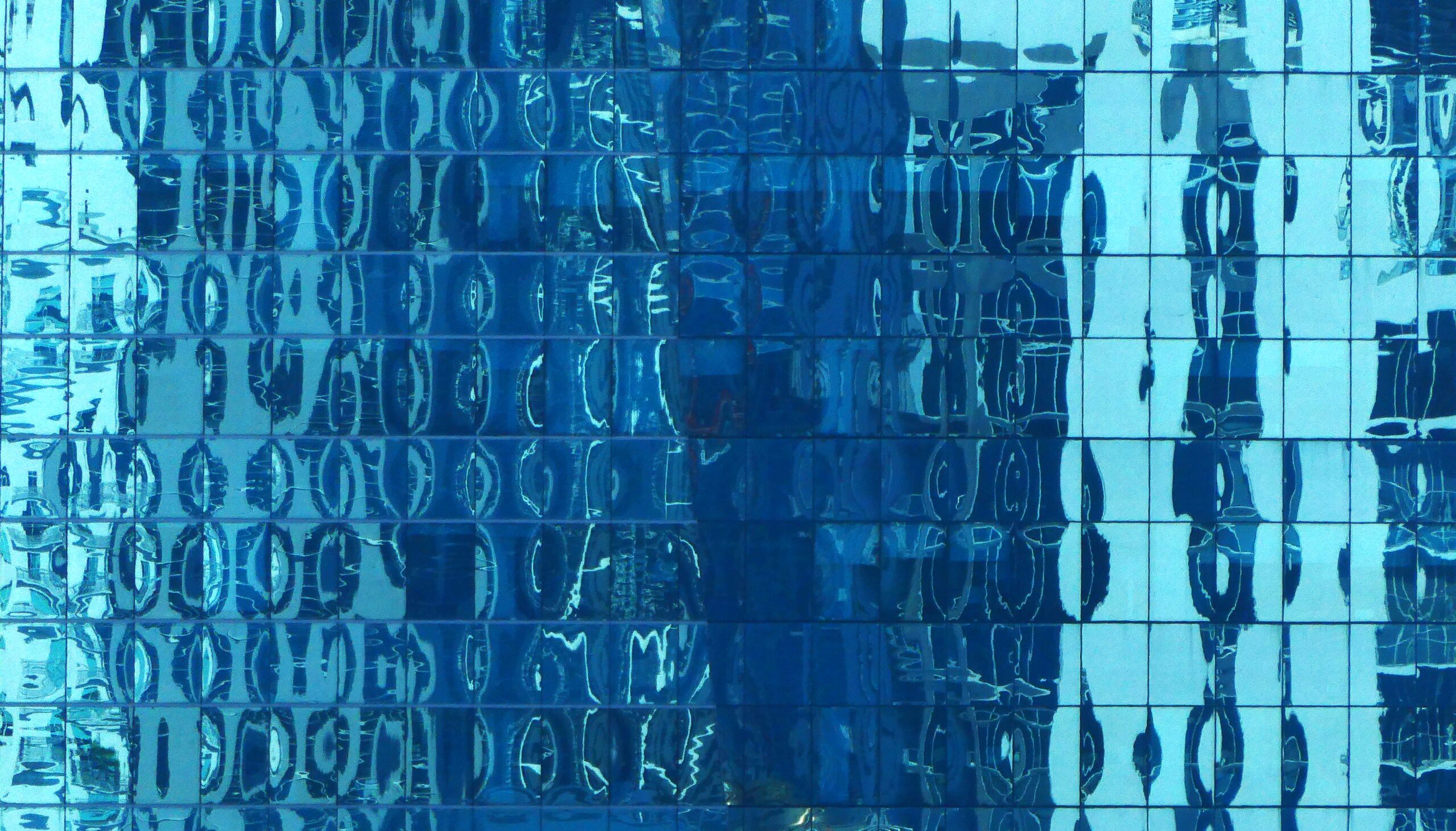
Stories
December 9, 2021
New Interviews
December 23, 2021When all is said and done, a good story engages. It will seep effortlessly into the mind and speak to us directly.
To do that successfully, the ’how a story is told’ is as important as the content.
I would like to elaborate on one seemingly obvious element.
Good stories have a beginning, a middle, and an end.
A good story can start at the end to create a sense of dislocation, or in the middle, but such devices are techniques. A good story always has a beginning, a middle, and an end, regardless of the sequence in which they are presented.
They have a fractal structure.
By fractal is meant a pattern or shape that repeats itself in smaller and larger units of time and size. For example, the chart of one-year prices of a particular stock and a one-minute chart of the same stock look so similar, one can’t tell the difference unless the time frame is specified. This same effect is true for the shapes of coastlines and the branching of air passages in the lungs as they divide into finer and finer tubes. The pattern is repeated at smaller and larger levels of scale.
Good stories are similar. Chapters or scenes that make up a long story have beginnings, middles, and ends. Sentences that make up paragraphs have beginnings, middles, and ends—words, too, can act similarly. Rhyming emphasizes the endings of words.
This beginning, middle, and end is a repeating pattern that can move upward and downward both in time and length. Holding these parts together is a thread: the story plot that connects them.
Humans are pattern people. We like patterns because patterns imply regularity, order, and predictability. The easiest structure that our minds can grasp is a pattern, and so it follows that good stories utilize patterns to communicate to the reader on multiple levels, even below the level of the reader’s awareness.
Using words, a writer forms patterns in the reader’s mind like the creator of a mosaic who makes an image from small pieces of colored glass. At first, there is only a single piece—the beginning. More pieces are added. The reader thinks, “It looks like a cat”. More pieces are added. “What’s this? It’s not a cat at all. It’s a dog.” The middle. More pieces are added, ‘No, it’s a portrait of a person. Who could it be?” And when the last piece is added, we recognize ourselves, and so the reader sees at last. The end.




